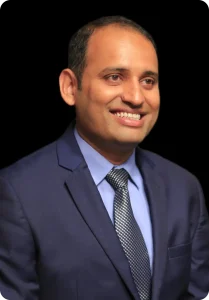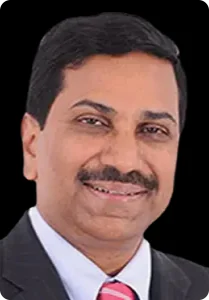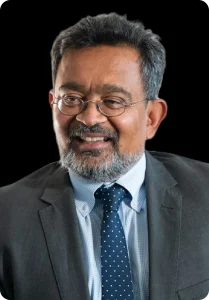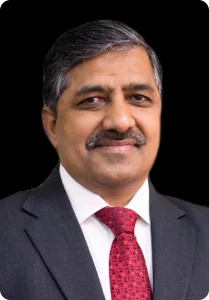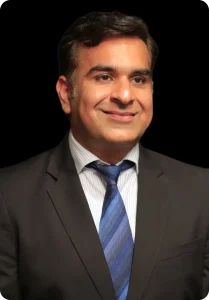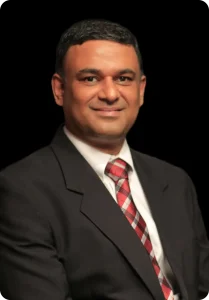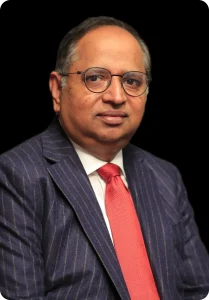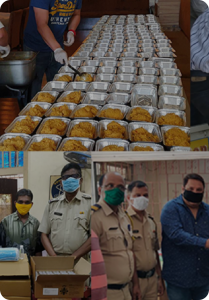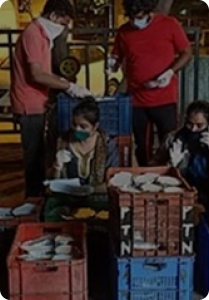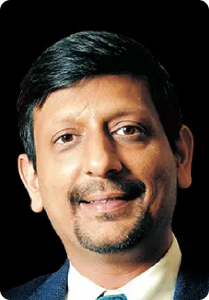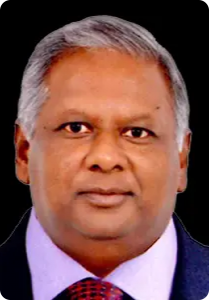In September this year, Essar Group’s clean-tech arm Ultra Gas & Energy Ltd (UGEL) announced a Rs 900 crore ($101 million) investment to expand its liquefied natural gas (LNG) refueling network to 100 outlets across India.
UGEL is developing the network in partnership with group company GreenLine Mobility Solutions, which operates a fleet of LNG-powered trucks. Both companies are part of the Essar Group’s broader energy transition push.
To discuss UGEL’s growth and investment plans, VCCircle spoke with its managing director and CEO Maqsood Shaikh. Edited excerpts:
What is the timeframe and phasing for UGEL’s Rs 900 crore investment in LNG refueling outlets?
We’ve completed the first phase, establishing six operational LNG stations with an investment of Rs 54 crore at an average cost of Rs 9 crore each. By March 2026, we aim to have approximately 15 stations operational, totalling around 40 stations by adding another 14. In India, by the end of March 2027, we plan to scale up to 60 stations by adding 20 more. By March 2028, our target is 80 stations, with an ambition to accelerate to 100, if market demand aligns.
The rollout’s success hinges on demand, particularly from trucks adopting LNG. Group company GreenLine is the primary funder, giving us some control over the plan. However, we’re also relying on third-party demand to grow, ensuring each station’s viability through business approvals. The goal of 100 stations is planned, but its realization depends on how the market evolves with truck demand.
Will the LNG stations serve only GreenLine trucks?
Our stations are open pumps, serving not just GreenLine trucks, but all trucks requiring LNG. It’s a public infrastructure designed to cater to any operator in the market.
Where are the current LNG stations located?
We currently operate six stations located in Bhilwada, Anand, and four other locations across Rajasthan and Gujarat. These are strategically placed along the Delhi-Mumbai-Chennai corridor, specifically NH48, which handles 70% of India’s cargo movement. We’ve also prioritized the Mumbai-Nagpur expressway, with a station at Jalna, the midpoint between these cities.
While awaiting government announcements on “blue corridors” for LNG, we’ve proactively created our own by selecting high-traffic cargo routes, ensuring efficient coverage for evolving LNG demand.
Which regions will UGEL’s LNG stations expand into next?
Our expansion will focus on the golden quadrilateral, covering key states like Rajasthan, Punjab, Karnataka, Haryana, Odisha, Jharkhand, Maharashtra, Chhattisgarh, and Andhra Pradesh, with Visakhapatnam recently added to our plans. The strategy is to connect east-west and north-south corridors, targeting high-density trunk routes where heavy goods movement occurs.
We’re also eyeing industrial and mining zones, filling gaps in underserved areas to maximize impact. For example, the Chhattisgarh-Odisha corridor will link to Delhi and Chennai, completing a diamond-shaped network across the country.
How is the Rs 900 crore investment being funded, and are new investors expected?
The entire Rs 900 crore investment is currently funded by GreenLine through business approvals. We’re not seeking new investors immediately, but will evaluate bringing them on board after next year, depending on business growth and requirements.
How much of the investment has been deployed so far, and what is the cost per station?
We’ve invested Rs 54 crore in the six operational stations, with an additional Rs 20 crore in ongoing projects. Each station costs approximately Rs 9 crore and takes about 120 days to construct. This means Rs 9 crore per station is tied up as capital work-in-progress for roughly four months during construction, which impacts our cash flow planning.
What partnerships exist with Indian Oil, GAIL, Hindustan Petroleum, etc? Are joint ventures planned?
Our partnerships with Indian Oil, GAIL, and Hindustan Petroleum are strictly for LNG supply contracts. These are not joint ventures, but agreements to ensure a steady fuel supply for our stations.
We’re open to evaluating joint ventures in the future, but nothing is planned immediately.
What are the EV plans for the LNG refueling outlets?
We’re preparing for electric vehicles (EVs) by designing our stations to be EV- ready, specifically for heavy-duty trucks up to 55 tonnes. Each station includes a bay that can be converted into a fixed charger or battery swap station within 30 days. This requires a minimal additional investment of Rs 15-20 lakh per station, separate from the Rs 900 crore budget.
We’ll roll out EV chargers based on market demand, starting with short-haul routes like Mumbai-Pune, Delhi-Jaipur, and Chennai-Bengaluru. All stations have provisions for EV infrastructure, but activation will depend on local market needs.
Combining zero-emission EVs with LNG, which reduces emissions by 30% compared to diesel, will create a balanced approach to lowering emissions for freight transport, adding significant value for clients.
Will the bulk of demand come from GreenLine’s trucking business or external sources?
Currently, our contract with GreenLine ensures that the majority of demand comes from their fleet, as they target scaling to 10,000 trucks. However, as competitors like Blue Energy, Tata, Volvo, and Ashok Leyland introduce LNG trucks to the market, external demand will grow. The demand split could shift to 50:50 or 70:30, depending on GreenLine’s success and market participation by others.
Our long-term, back-to-back contract with GreenLine mitigates risk, allowing us to source additional LNG for new clients as they join the market.
Are there plans to diversify into bio-LNG, compressed biogas, or coal bed methane?
We’re not diversifying into bio-LNG, compressed biogas (CBG), or coal bed methane (CBM) immediately due to limited technology and biogas availability. However, our stations are designed with flexibility, featuring a two-tank system that can accommodate a dedicated tank for liquefied biogas (LBG) in the future. This positions us to transition to carbon-neutral or carbon-negative fuels when viable, reducing reliance on fossil fuels.
Are there other expansion areas beyond LNG stations not yet publicly discussed?
Beyond automotive use, we aim to expand natural gas access to homes and commercial establishments in areas lacking pipelines. LNG can be delivered without fixed networks, offering consumers a choice where city gas distributors (CGDs) face challenges laying pipelines due to regulatory or logistical issues.
We’re advocating for policy changes through PNGRB to open the market or foster collaboration with CGD licensees, enabling gas delivery to remote areas. This would benefit consumers and the country, creating a win-win scenario by increasing natural gas adoption and reducing emissions.
Are there plans for green hydrogen or other hydrogen variants?
Green, blue, or black hydrogen isn’t viable yet as a diesel substitute due to high costs. Consumer adoption, as seen with CNG, depends on cost economics, often driven by subsidies.
Without affordability, switching to hydrogen for reduced emissions is unlikely. While we could add hydrogen refueling facilities, the economic barrier makes it impractical currently.
Is the business primarily margin-driven, and how do you differentiate in this competitive space?
LNG is a commodity, so margins are slim, and competition is fierce. Unlike CNG, which had localized monopolies, LNG is an open market. With 21 other stations in operation facing issues like limited hours, long wait times, and gas shortages, we differentiate through service. Our stations, backed by GreenLine’s committed demand, operate 24×7 with wait times under 15 minutes.
Reliability is key in a supply-deficit market—truckers flock to us for assured supply, even at higher prices, as the next station might be 400 kilometers away. This builds loyalty based on availability, not just price.
Source: vccircle.com





